I am currently trying to decide on a warming drawer to place under a 36" induction cooktop in my new kitchen. I have been helped so much by all of the comments on this site and I was hoping to ask a few more questions for those of you who have experience with warming drawers (I have never owned one).
I am interested in the "Slow Cooker" feature that the JennAir ("slow roast") and KitchenAid ("slow cook") have but I am still trying to figure out exactly how those modes differ from the warming drawer feature. I have also been curious about how the temperatures for "slow cook" mode compare to other basic warming drawer temperature settings for models that don't have the slow cook feature.
Below is a list of what I have discovered about the temperature settings for several different brands, the number listed after the dash is the temperature in F for that particular setting (this is based on viewing spec sheets in early January 2014 either on AJMadison or on the manufacturer's website - I hope it is all current but I could be wrong) I found it very interesting to view the different temp ranges.
GE Monogram: Proof-80, Low-140, Medium-170, High-210
Viking Professional Custom Series: Low, Medium, High 90 to 250 degrees.
Electrolux Icon: 80 to 210
Miele: 104 to 185
Thermador: Low-102, Medium-117, High-124, Plates-154 It also has a proof setting, but doesn't list the temperature for that mode
Dacor Renaissance: proof-100, low-140, medium-175, high-200
Frigidare: 90 to 190
Wolf: 80 to 200, Low-85, Medium-160, High-200
Bosch: 100 to 190, Proof-100, Low-140, Medium-165, High-190
American Range: 80 to 195
Gaggeneau: 100 to 175
Electrolux Wave Touch: 80 to 210 degrees
Jenn-Air: Proof -?, Low-150, Medium-175, High-210, Slow Roast Mode Low-150, Slow Roast Mode High-210 (these are not listed in their manual or online so this is information that I got in a chat session with Jenn-Air)
Kitchen Aid: Warming Drawer Settings: 170 to 190, Slow Cooker Mode: Low-90, High-250 (This information isn't listed online but it is what KitchenAid sent me via email after I contacted them by chat about their warming drawer temperatures. However, this information seems suspect to me since I can't believe that their slow cooker mode would actually try to "cook" food at 90 degrees so I have emailed them back to try to confirm this.
This morning I spent a long time on chat with a Jenn-Air customer service person trying to figure out exactly what is the difference between their "warming" vs. "slow roast" features of the warming drawer since they both appear to hold food at the same temperature. She shared with me that the Slow Roast feature pre-sets the humidity to be optimal for roasting, it can be used for longer periods of time while the warming drawer is not meant to be used for more than an hour, the slow roast feature requires the use of special serving pans that are sold separately, and the slow roast feature does not require preheating.
When I asked her further questions to try to figure out exactly how the heating of the drawer functions differently between the two modes (warming vs. roasting), she replied, "The only information we have on heat is the temperature we have provided. �We do not have specific information available to us regarding how the heating is different. �These are preset by the engineers and is proprietary information that would not be available to the public." �She also let me know that they couldn't be held responsible for food poisoning resulting from unsanctioned instances of using a warming drawer as a slow roaster.
So what are your thoughts and experience? Do you use your warming drawer for unofficial slow cooking? Do you leave your warming drawer on for more than an hour?
It seems to me that if there isn't a big difference between the two modes and they use the same temperature settings, you could probably do some slow cooking in other models that hold food at a safe temperature. (I don't plan to put in any slow cook food into the drawer that isn't already up above the 140 degrees necessary for food safety but I imagine it should be safe to assume that if you start with food that is already hot the warming drawer could hold the food at that temperature or slowly heat it to successfully slow cook it.)
Here is my other area of interest relating to warming drawers:
Custom Panel Installation and Humidity Control Issues
I would like to have a custom panel on my warming drawer. I have read a bit about problems with the venting for the humidity controls when you add a custom panel over the front of some models. However, most of the posts I could find about this were several years old. Is this a problem that has now been solved?
I learned in my Jenn-Air chat session this morning that their vents are on the sides of the doors just behind where the panel would be mounted. The panel doesn't block the steam but I couldn't figure out if that then meant that the steam would vent into the surrounding cabinet space. Do any of you have experience with this? Are certain brands better than others for this issue?
When we started this project I thought that the warming drawer would be the easiest item to choose but it has turned out to be the most confusing.
Thank you so much for all of your thoughts!


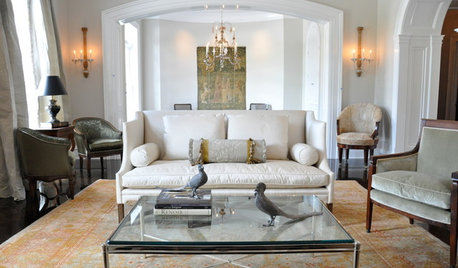

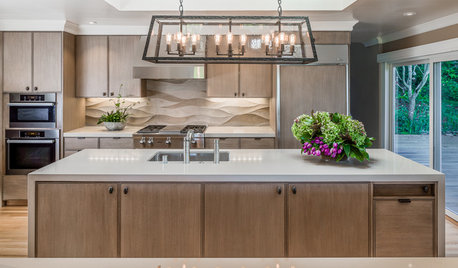

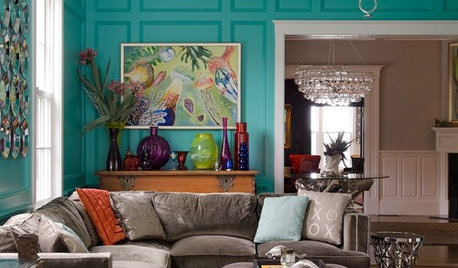
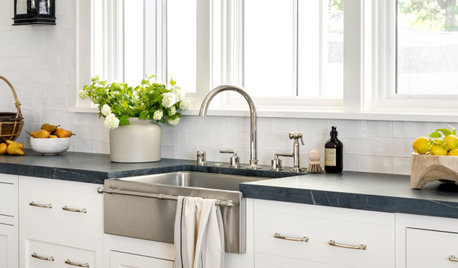
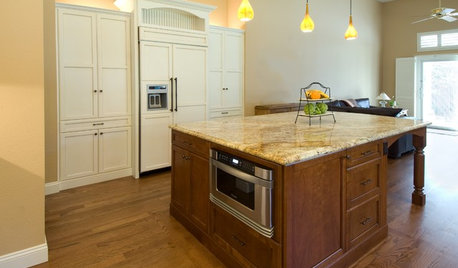
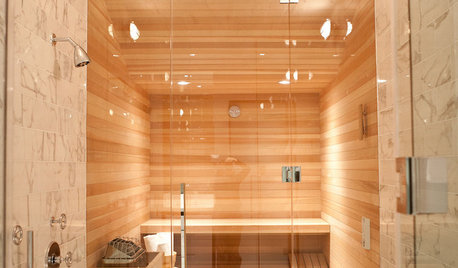




cookncarpenter
ILoveRed
Related Discussions
Do I REALLY need convection, warming drawer or second oven?
Q
Thermostat with user selectable on and off temperatures?
Q
What is the typical temperature for hot/warm/cold
Q
Warming drawer near the stove- drawers under that? Pics please
Q
larrysanders
Howard Barish